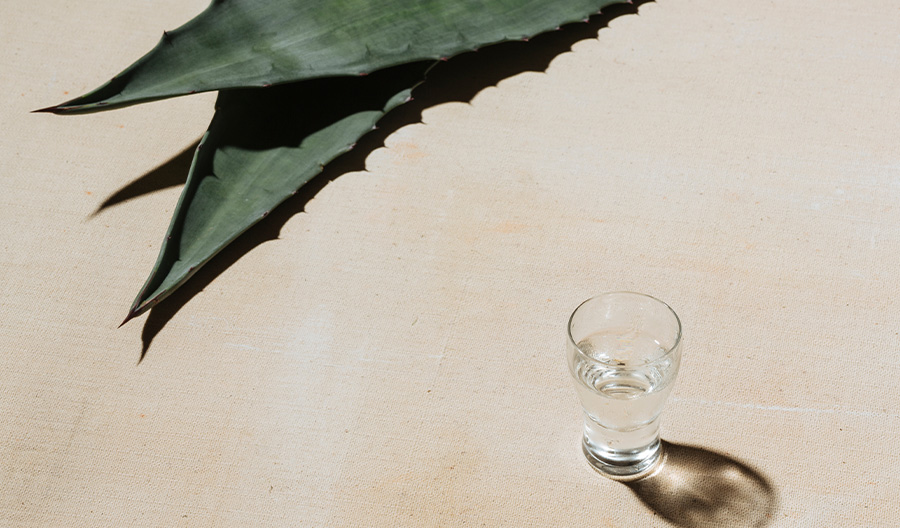The production process of mezcal significantly influences its flavor, starting from the selection of the agave plant. There are over 30 varieties of agave, each imparting a unique flavor profile to the mezcal. For instance, the commonly used Espadin agave gives a sweet and fruity flavor, while Tobala agave offers a rich, earthy taste.
The way the agave is cooked also affects the flavor. Traditional mezcal producers bake the agave in earthen pits lined with volcanic rocks, wood, and charcoal. This process imparts a distinctive smoky flavor to the mezcal, which is one of its defining characteristics. The duration and temperature of the cooking process can also alter the flavor, with longer cooking times resulting in a deeper smokiness.
Following the cooking process, the agave is crushed to extract the juice, which is then fermented. The method of crushing—whether by hand, using a tahona (stone wheel), or mechanically—can influence the final taste. Hand-crushed or tahona-crushed agave tends to produce a mezcal with more complex flavors.
The fermentation process is another crucial factor. It's typically done in wooden vats or animal hides and can last from a few days to a week. The type of yeast used, whether wild or commercial, and the length of fermentation can dramatically affect the flavor. Wild yeast often results in a more complex and unpredictable flavor profile.
The distillation process can also influence the flavor of mezcal. It's usually distilled in copper or clay pots, each giving a different flavor. Copper stills tend to produce a smoother, cleaner mezcal, while clay stills can add a minerality to the spirit. The number of distillations also matters. A single distillation will retain more of the agave's original flavor, while multiple distillations can lead to a purer, more refined spirit.

Do Regional Variations Impact the Flavor of Mezcal?
The flavor of mezcal is greatly influenced by the region in which it is produced. This is due to several factors such as the type of agave used, the local climate, and the specific production methods employed in each region.
Agave, the primary ingredient in mezcal, is a plant that grows in different varieties across Mexico. Each variety has a unique flavor profile, and the region in which it grows can further influence these flavors. For instance, agave grown in the high-altitude regions of Oaxaca will yield a mezcal with different flavors compared to agave grown in the low-lying areas of Guerrero.
The local climate also plays a significant role in shaping the flavor of mezcal. The soil composition, rainfall, temperature, and even the altitude can all impact the growth of the agave and, consequently, the taste of the mezcal. For example, agave grown in regions with a hot, dry climate will often produce a mezcal with a more robust, smoky flavor.
Production methods are another key factor in the regional variation of mezcal flavors. Traditional methods of production, which often involve roasting the agave in pit ovens, can impart a distinct smoky flavor to the mezcal. The type of wood used for roasting, the duration of fermentation, and the distillation process can all vary from region to region, each adding their unique touch to the final product.
The aging process can also contribute to the regional flavor variations in mezcal. Depending on the region, mezcal can be aged in different types of barrels, each imparting a unique flavor. For instance, mezcal aged in oak barrels often has a rich, woody flavor, while mezcal aged in clay pots may have a more earthy taste.
In conclusion, the regional variations in mezcal production result in a wide array of flavors, making each bottle a unique reflection of the region from which it originates. This diversity is part of what makes mezcal such an intriguing and complex spirit.

